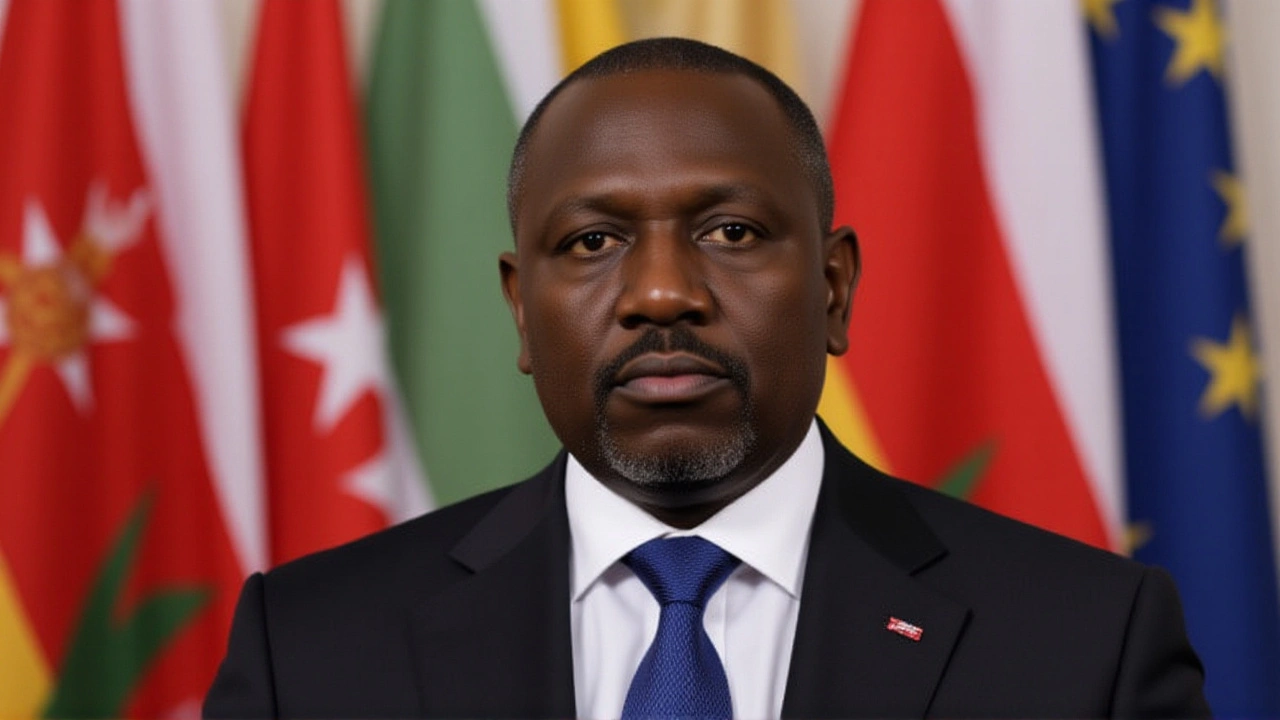NYOTA Programme – South Africa’s Youth Skills Initiative
When you hear about NYOTA programme, a government‑led effort to raise youth employment through targeted training and job placement. Also known as National Youth Talent Optimisation and Training, it sits at the heart of South African Government, the national authority that designs and funds large‑scale social programmes’s economic empowerment agenda. The initiative leans heavily on Skills Development, structured learning pathways that match market needs and often aligns with SASSA, the agency responsible for social grants that can support participants financially. Together, these pillars aim to close the gap between unemployment and available talent. NYOTA programme therefore represents more than a training scheme; it is a policy tool that ties funding, curriculum design, and social safety nets into a single pipeline for young South Africans.
How the pieces fit together
The NYOTA programme encompasses several moving parts. First, it requires robust government funding to build training centres, hire qualified instructors, and create apprenticeship slots. Second, it depends on a clear skills‑mapping framework that links classroom content to real‑world job demands – a process often overseen by the Department of Higher Education and Training. Third, the programme draws on SASSA’s grant infrastructure to provide stipends that keep participants afloat while they learn. This three‑way relationship creates a semantic chain: NYOTA programme requires government funding; government funding enables skills development; skills development influences youth employment rates. In practice, a young person might receive a modest SASSA grant, attend a NYOTA‑run ICT course, and then be placed in a junior developer role at a local tech firm. The success metric isn’t just graduation numbers; it’s the percentage of graduates who secure sustainable jobs within six months. Recent reports show that when NYOTA aligns its curriculum with sectors like renewable energy, logistics, and digital services, placement rates climb above 70 %.
What makes the NYOTA programme especially relevant now is its ability to adapt to shifting economic conditions. For instance, when the G7 announced new sanctions on Russian oil, South Africa’s export market faced volatility, prompting a pivot toward local manufacturing and green jobs. NYOTA responded by fast‑tracking courses in solar installation and battery management, ensuring that youth skills stay in sync with emerging opportunities. Likewise, the recent SASSA grant schedule for September 2025 illustrates how social‑grant timing can be coordinated with training start dates, reducing downtime between learning and earning. This coordination highlights the broader truth that any youth‑focused initiative succeeds best when it sits inside a network of related entities – from fiscal policy to grant administration, from private‑sector partnerships to community outreach. The articles you’ll find below illustrate these dynamics in action, covering everything from sports‑related youth programs to political debates that shape funding priorities. Keep reading to see how the NYOTA programme’s framework plays out across South Africa’s diverse social and economic landscape.
President Ruto launches KSh5bn NYOTA youth programme across Kenya
Kenya’s President William Ruto unveiled the KSh5 billion NYOTA programme, targeting 820,000 youths with grants and training, as launches kick off in all 47 counties on Oct 6, 2025.
More
